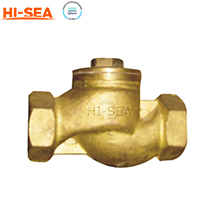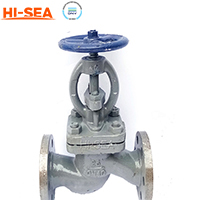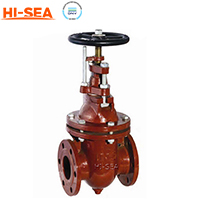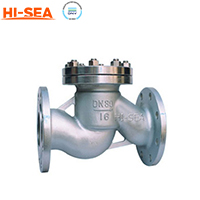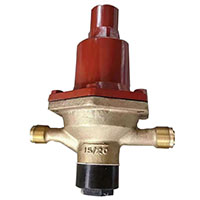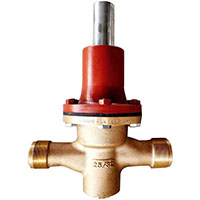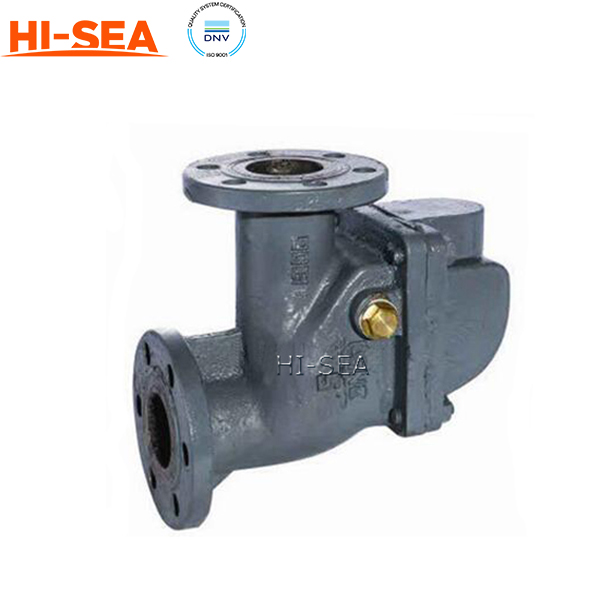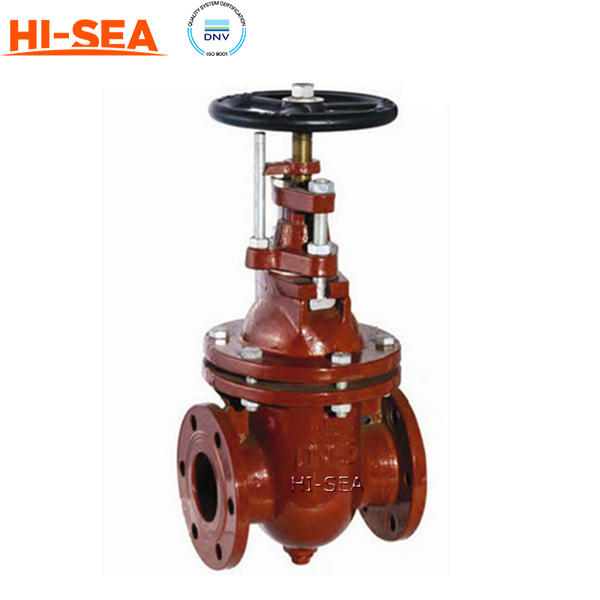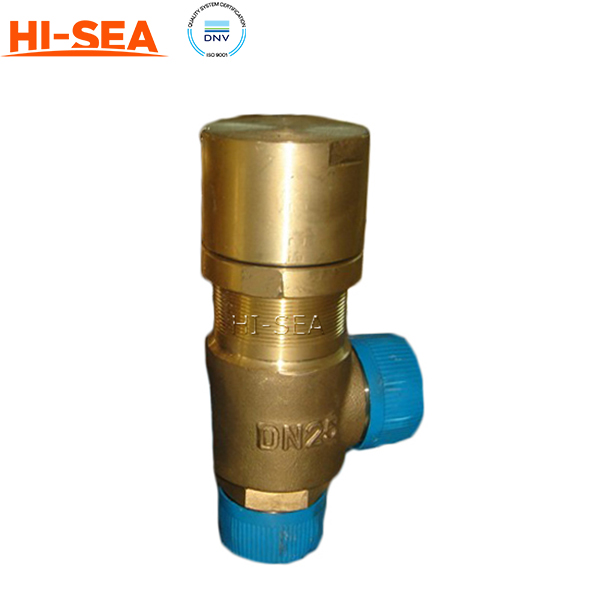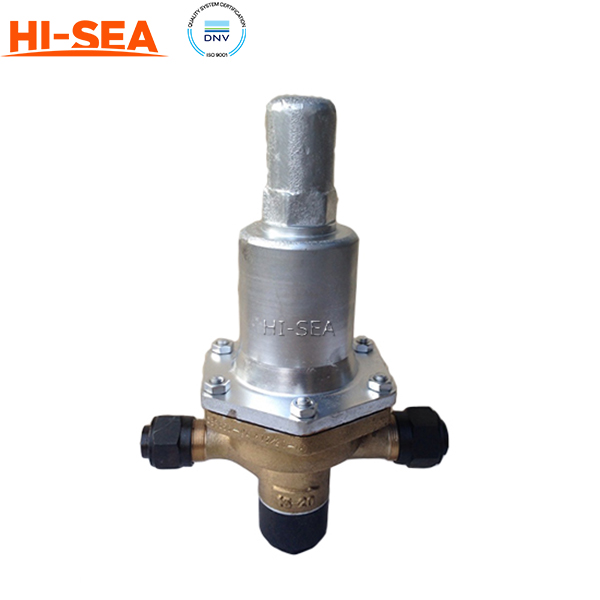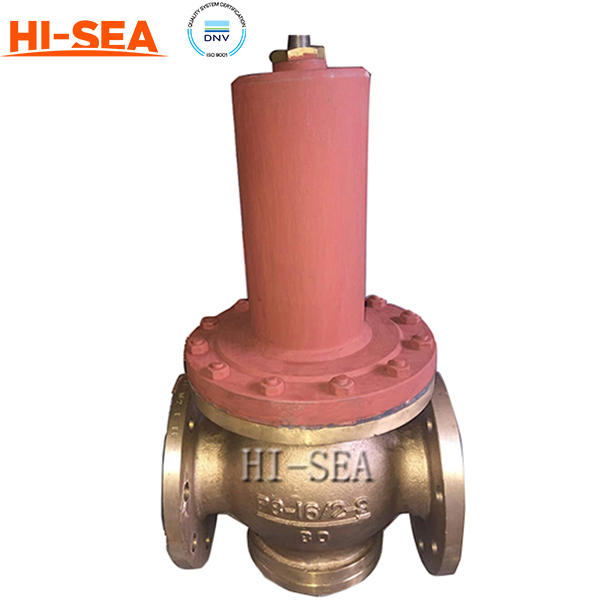MARINE & OFFSHORE EQUIPMENT
- Dredging Equipment
- Marine Deck Machinery
-
Marine Mooring Equipment
-
Marine Anchor
- AC-14 HHP Anchor
- Admiralty Anchor
- Beldt Stockless Anchor
- Bruce Anchor
- Spek Anchor
- Danforth HHP Anchor
- Delta High Holding Power Anchor
- GB11579-89 Light Weight Anchor
- Hall Anchor
- High Holding Power Mastrosov Anchor
- Hot Dip Galvanized Anchor
- Japan Stock Anchor
- JIS Stockless Anchor
- Pool Anchor
- Single Fluke Anchor
- Stainless Steel Anchor
- Stevpris MK5 Anchor
- Stingray Anchor
- US Navy Stockless Anchor
-
Marine Anchor Chain
-
Marine Shackle
- Kenter Shackle
- D Type Joining Shackle
- Pear Shaped Shackle
- Anchor Swivel Shackle Type A
- Anchor Swivel Shackle Type B
- Buoy Shackle Type A
- Buoy Shackle Type B
- C Type Detachable Connecting Link
- D Shackle
- Forelock Shackle
- Anchor Chain Swivel Group
- Straight Shackle
- Anchor Shackle
- Marine Triangle Plate
- Anchor Chain Swivel
- Anchor Chain Joining Shackle
- Anchor Chain End Shackle
- Slim Kenter Shackle
-
Chain Chaser
-
Marine Bollard
-
Marine Chock
-
Marine Fairlead
-
Marine Chain Stopper
-
Marine Mooring Reel
-
Marine Towing Bracket
-
Mooring Rope
-
Marine Towing Hook
-
Marine Shark Jaw
- Marine Fender
-
Marine Buoy
- Marine Floating Pontoon Dock
-
Marine Anchor
- Aquaculture Equipment
- Marine Outfitting Equipment
- Marine Propulsion System
-
Marine Painting
-
Marine Auxiliary Machinery
- Marine Air Compressor
- Marine Air Receiver
- Marine Sewage Treatment Plant
-
Marine Diesel Generator Set
- Marine Oil Water Separator
- Ballast Water Management System
- Marine Hydrophore
- Marine Calorifier
- Seawater Desalination Plant
-
Marine Oil Separator
- Marine Fuel Oil Supply Unit
- Marine Heat Exchanger
-
Marine Hot Well Unit
-
Marine Incinerator
-
Marine Boiler
-
Marine Valve
- JIS Marine Valve
- DIN Marine Valve
- ANSI Marine Valve
- GB Marine Valve
- CB Marine Valve
- CBM Marine Valve
-
Marine Gate Valve
-
Marine Globe Valve
-
Marine Angle Globe Valve
-
Marine SDNR Valve
-
Marine Angle SDNR Valve
-
Marine Check Valve
-
Marine Storm Valve
-
Marine Butterfly Valve
-
Marine Quick Closing Valve
-
Marine Fire Valve
-
Marine Self Closing Valve
- Marine Valve Accessories
-
Marine Pump
- Marine Centrifugal Pump
- Marine Screw Pump
-
Marine Gear Pump
-
Marine Vortex Pump
-
Marine Ejector Pump
-
Marine Diaphragm Pump
-
Marine Piston Pump
-
Marine Fire Pump
-
Marine Emergency Fire Pump
-
Marine External Fire Pump
-
Marine Ballast Water Pump
-
Marine Fuel Pump
-
Marine Lubricating Oil Pump
-
Marine Bilge Pump
-
Marine Sewage Pump
-
Marine Domestic Water Pump
-
Marine General Pump
-
Marine Cargo Oil Pump
-
Marine Hand Pump
- Marine Pump Parts
- Marine Life-saving Equipment
- Fire-fighting Equipment
- Marine Cable
- Marine Electrical Equipment
- Marine HVAC
-
Labour Protection Appliance
- Marine Decorative Material
-
Marine Anode
- Marine Pipe Fitting & Flange
- Marine Instrument
- Ship Building Equipment
INDUSTRY EQUIPMENT
- Hoisting Equipment
- Welding Machine & Material
-
Cutting Machine
- Container Securing Fitting
- Link Chain
- Container & Storage Equipment
-
Diesel Generator Set
- Other Equipment and Tools
- Petrochemical Equipment
- Fiber Reinforced Plastics
- Polymer Materials
- Environmental Protection Series
- Geo-products and Building Materials
- Metal Mesh
- Steel Grating
-
Earthwork Teeth
-
Turnbuckle
STOCK LIST
Contacts
 Tel:+86-23-67956606
Tel:+86-23-67956606
 FAX:+86-23-67956622
FAX:+86-23-67956622
 Email:manager@cqhisea.com
Email:manager@cqhisea.com
Working Time: 9:00--17:00
Working Day: Monday to Friday Website: www.cqhisea.com

CB Marine Valve
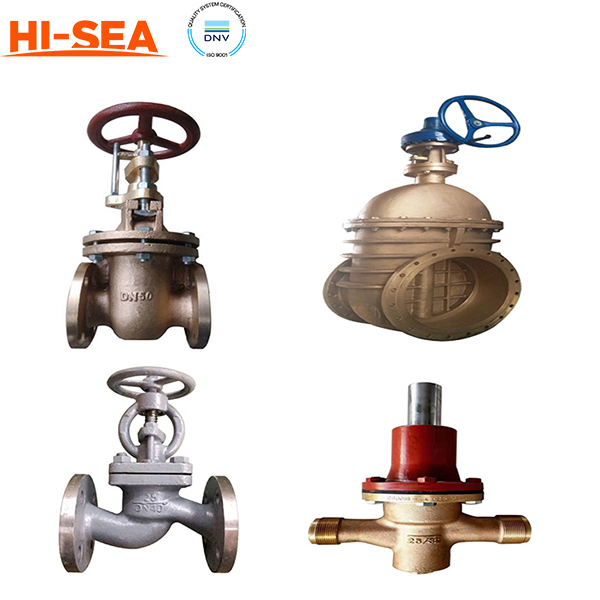
CB Marine Valve
CB Marine Valve Introduction:
The CB marine valve can be used for sea water, fresh water, fuel oil piping system. With nominal diameters of 6-1000 mm and nominal pressures of 0.1-16 Mpa, the CB marine valve include various marine type valves.
CB Marine Valve Classification:
CB Marine Valve
Stainless Steel CB Marine Valve
Main Products:
CB T309-1999 Marine Bronze Female Thread Stop, CB T310-1999 Marine Bronze Female Thead, CB 312-1977 Pressure Gauge Valve, CB T467-1995 Marine Bronze Gate Valve, CB T907-94 Marine Bronze Angle Safety Valve, CB T3189-83 Bronze Male Thread Angle Safty Valve, CB T3475-92 Marine Bronze Storm Valve.
CB 304-92 Cast Iron Angle Safety Valve, CB T465-1995 Marine Cast Iron Gate Valve.
CB T466-1995 Marine Cast Steel Gate Valve, CB T396-1995 Cast Steel Sea Water Stop Valve, CB T3197-1995 Cast Steel Sea Water Stop Check Valve, CB T3475-92 Marine Cast Steel Storm Valve, CB T3945-2002 Marine Cast Steel Bellows Type Stop, CB T3946-2002 Marine Cast Steel Bellows Type Stop,
CB T3942 Stainless Steel Stop Valve, CB T3943 Stainless Steel Stop Check Valve, Stainless Steel CB Marine Valve.
Specific Difference Between Us and Other Suppliers:
|
Comparison |
|||
|
Product Picture of other low quality supplier
|
Product Picture of our factory
|
||
|
Other low quality supplier |
Consequence |
Our Factory
|
Result |
|
The valve stem hardness is too low, there are cracks, the valve stem is not round, and the valve stem is not bent and straight. |
The stem sealing surface is easily damaged and the valve service life is short. |
Materials are selected according to standards and customer requirements. |
The valve stem has high hardness, no cracks, good sealing performance, and long service life of the valve. |
|
Replace the copper stem with an iron plated copper stem. |
The performance of the substitute material is unstable, resulting in a decrease in the quality of the valve. |
Strictly select materials according to user requirements |
High safety factor, reasonable structure, long product life |
|
The quality of flange manufacturing is poor, and there are problems such as cracks, pores, and insufficient thickness |
As a result, the valve is wear-resistant, the pressure bearing is poor, the valve is prone to quality problems, and the service life is short. |
Select materials in strict accordance with national standards |
The valve is wear-resistant, has good pressure-bearing performance, and is not easy to be damaged. |
|
Jerry-build, the wall thickness of the valve body is not processed according to the standard |
Uneven thickness, uneven material, the valve body is easy to be damaged, and the service life is short. |
Strictly in accordance with the standard processing, uniform thickness, uniform material |
Use with confidence, meet user needs, and the product has a long service life |
|
In order to reduce cost, bronze valve core is replaced with cast iron valve core, |
Cast iron valve core is easy to corrode and break |
Strictly select materials according to user requirements |
High safety factor and reasonable structure |
Flange Connection:
This is the most commonly used connection for valves. According to the shape of the bonding surface, it can be divided into the following kinds:
1. Smooth type: for valves with low pressure. More convenient processing.
2. Concave-convex type: high working pressure, medium hard gasket can be used.
3. Tenon groove type: gasket with large plastic deformation can be used widely in corrosive media, and the sealing effect is better.
4. Trapezoidal groove type: oval metal ring as washer for valves with working pressure ≥64 kg/cm2 or high temperature valves.
5. Lens type: the gasket is lens shaped and made of metal. For high pressure valves with working pressure ≥100 kg/cm2, or high temperature valves.
6. O-ring type: this is a relatively new flange connection form, it is with the emergence of various rubber O-rings, and developed, it is in the sealing effect of the connection form.
Wafer Connecting
A connection in which the valve and the pipe are clamped together directly by bolt.
Butt welded Connection
A connection that is welded directly to a pipe.
Threaded Connection
This is an easy connection and is commonly used for small valves. There are two cases:
1. Direct sealing: the internal and external threads can seal directly. In order to ensure that the joint does not leak, often with lead oil, linen and Teflon raw material belt filling; Teflon raw material belt is widely used. This material has good corrosion resistance, excellent sealing effect, easy to use and save, when disassembly, can be completely removed, because it is a non-sticky film, much superior to lead oil, linoleum.
2. Indirect sealing: The force of thread tightening is transferred to the gasket between the two planes, allowing the gasket to seal.
Taper Seal
Taper Seal, its connection and sealing principle is that when the nut is tightened, the sleeve is under pressure, so that the blade bit into the outer wall of the pipe, the outer cone of the sleeve and under pressure with the joint inside the cone, so that it can reliably prevent leakage.
The advantages of this form of connection are:
1. Small size, light weight, simple structure, easy disassembly and assembly;
2. Strong connection, wide range of use, can withstand high pressure (1000 kg/cm2), high temperature (650℃) and impact vibration.
3. Can choose a variety of materials, suitable for corrosion prevention;
4. Machining accuracy requirements are not high; Easy to install at high altitude.
Taper Seal form has been used in some small caliber valve products in China.
Internal Self-tightening Connection
All of the above connection forms are sealed by using external forces to offset the medium pressure. The following is a self-tightening connection using medium pressure. Its sealing ring is installed in the inner cone, with the opposite side of the medium into a certain Angle, the medium pressure to the inner cone, and transferred to the sealing ring, in a certain Angle of the cone, two components, one parallel to the center line of the valve body outward, the other pressure to the inner wall of the valve body. The latter component is the self-tightening force. The greater the medium pressure, the greater the self-tightening force. Therefore, this type of connection is suitable for high pressure valves. It than flange connection, to save a lot of material and manpower, but also need a certain preload, so that the pressure in the valve is not high, the use of reliable. The use of self-sealing principle made of valves, is generally high pressure valves.
There are many forms of valve connection, such as some do not have to remove the small valve, welded together with the pipe; Some non - metallic valves, socket connection, etc. Valve users should be treated according to the specific situation.


